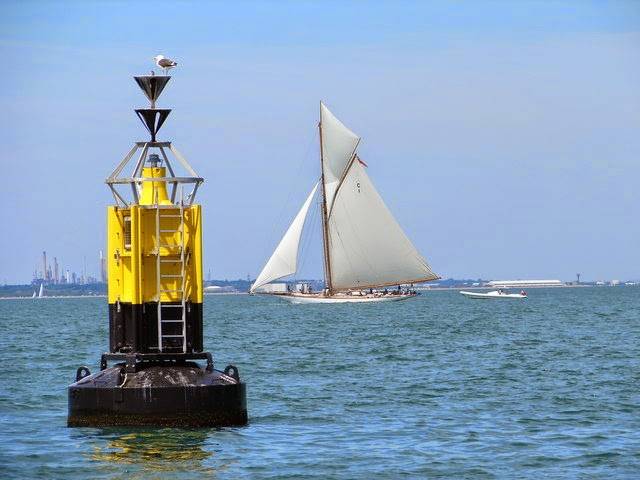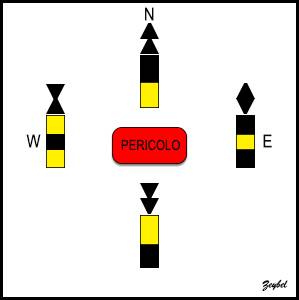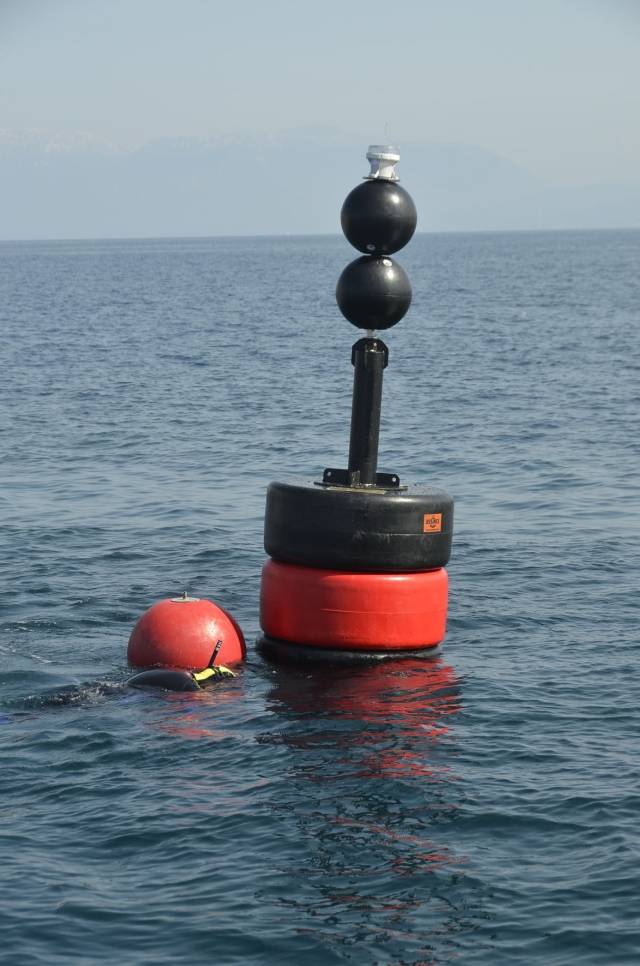For the Christmas holidays, the Marina Porto Antico team has prepared a brief review of cardinal danger signals at sea, focusing on how to recognize them at night. We believe that boat owners, at least those based in the Mediterranean, will certainly have some time to dedicate to learning.
Let’s review together the fundamental concepts for safe navigation at sea. First, it’s important to know how to recognize the danger signals that may appear while navigating along the coast, near a bay, or passing between an island and the mainland.
In this regard, there is an international danger signaling system, I.A.L.A (International Association of Lighthouse Authorities) which during the 1970s consolidated about 30 different existing systems.
An interesting fact: the seas around the Globe are divided into two major regions with a substantial difference. In Europe, Africa, Australia, and parts of Asia, there is the so-called “Region A“, where port entry is regulated by lateral signals with green on starboard and red on port side. “Region B” includes Canada, North and South America, Japan, and Korea, and has the same coloring but reversed with red on starboard and green on port side.
Cardinal Danger Signals, Decoding the Topmark
In cardinal danger signals, the topmark, which is the symbol placed on top of the yellow and black beacon (fixed maritime signal), indicates the safe waters for navigation and not the position of the danger.
Regarding the directionality of the symbol itself, the signal indicates a specific cardinal point through symbols: two cones with both points facing upward mark north, both points downward mark south, with bases touching mark east, and with points touching mark west. So, if it helps to remember figuratively, for example, east looks like a diamond formed by the overlapping cones.
These types of signals, we repeat, indicate the navigable zone in relation to the danger. It is therefore mandatory to navigate in the direction indicated by the cones. If the cones indicate West, for example, it means that is the direction of safe water navigation, while the danger is to the East.
 Night Recognition
Night Recognition
And what about night navigation? All cardinal signals are not physically visible at night, but they emit white light signals. These signals should be decoded to determine cardinal points by
Recognizing Wrecks or Rocks
Another case of danger is what might be a surfacing wreck or a rock. In this case, the signal is black with one or more red bands, topped with two superimposed black spheres. During night navigation, this type of signal can be recognized by two white light flashes.
As for marine protected areas, while there isn’t a substantial danger (if you don’t consider the fine), these are marked by a yellow beacon with a yellow “X” placed at its top.



 Night Recognition
Night Recognition